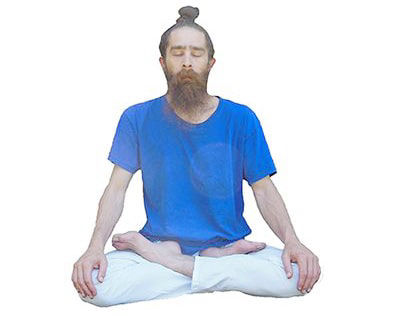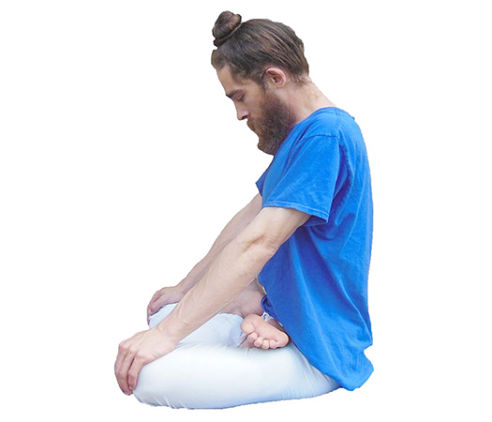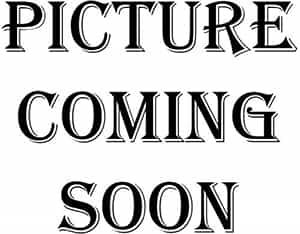In Sanskrit, Bandha means "to lock," "to hold," or "to tighten" and also refers to a lock in and of itself.
Traditionally this practice is classified as a Mudra and is paired with other Mudras as well as Pranayama practices. This practice is often the first practiced given to a practitioner, because each practice should be preformed and mastered as an individual practice before combining this practice with Mudras and Pranayamas, Kriyas and when mastered used during a Yoga Asana practice.
These practices are described in the following Yogic text - Hatha Yoga Pradipika, Gheranda Samhita and the Shiva Samhita, in the text this practice is classified as Bandha Mudra or Body Lock Gesture.
Preforming these body locks gives the practitioners the ability to draw Kundalini Shakti up through Sushumna Nadi or the main energetic pathway within the spinal column.
These practices also give the practitioners the ability to lock or hold Prana meaning "life force energy" at the location of the practice.
Each practice is associated with a Granthi meaning "knot" and is a psychic blockage that needs to be removed. These body locks help you regulate and control all your internal systems - metabolic, digestive, hormonal, sexual, and more.


